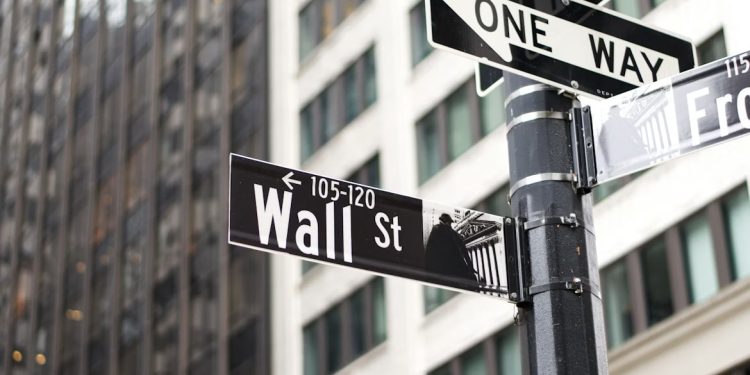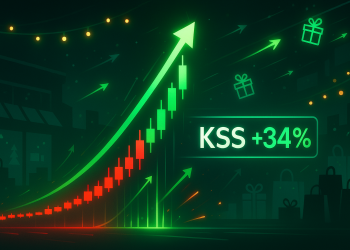US markets delivered a mixed but telling performance on Tuesday, with the S&P 500 up 0.6%, the Nasdaq Composite climbing 0.3%, and the Dow Jones Industrial Average rising 1.18%.
Behind those gains lies a seismic sector rotation. Nvidia crashed as much as 7% after Meta disclosed it’s negotiating to lease and purchase Google’s TPU chips starting in 2027.
Alphabet soared 1.8%, edging closer to a $4 trillion valuation. This isn’t just stock movement, it’s a fundamental repricing of AI dominance and capex efficiency heading into Q4 earnings season.
Why Nvidia’s dominance suddenly looks fragile
Nvidia’s $150 billion market cap evaporated on a single headline, exposing something Wall Street has been reluctant to admit: the company’s pricing power is contingent, not permanent.
Meta’s reported interest in diverting billions of dollars toward TPUs signals that the days of an absolute GPU monopoly are ending.
If Meta, which spends $70–72 billion annually on AI infrastructure, redirects even 10–15% of GPU purchases to cheaper TPUs, Nvidia loses $5–7 billion in annual data-center revenue.
The market’s fear makes sense. Nvidia trades at 43.56x P/E, assuming margin dominance persists indefinitely.
But if hyperscalers gain leverage through TPU alternatives, gross margins compress fast. Google’s TPU offering promises 15–30% faster inference speeds and superior energy efficiency versus Nvidia’s GPUs.
That’s “good enough” for enterprise workloads. And in a world where customers have options, pricing power vanishes overnight.
The midday selloff wasn’t irrational panic; it was repricing from “Nvidia has forever” to “Nvidia has competition.”
Q4 earnings guidance will tell the story. Conservative guidance equals margin compression fears turning into reality.
Why this rotation extends beyond chips
While tech imploded beneath the surface, the Dow’s 1% surge reveals the truer midday narrative: capital rotating hard into cyclicals and away from stretched AI growth stories.
Retail stocks exploded higher on holiday strength. Kohl’s surged 32% on blowout Q3 earnings, Best Buy jumped 5%, and Dick’s Sporting Goods rallied 4%.
These aren’t small moves; they’re capitulation from growth-at-any-cost to actually profitable cyclicals.
Financials benefited as inflation signals weakened. Retail sales rose just 0.2% (missing estimates), while producer prices climbed 0.3% (in line).
Lower inflation removes urgency for aggressive Fed rate cuts, which helps bank profitability. The Dow’s outperformance reflects defensive positioning and value rotation.
Nvidia’s Q4 guidance becomes critical here: if the company signals margin pressure, tech weakness extends. If Nvidia remains confident, the rotation slows, and mega-cap tech stabilizes.
Either way, Q4 earnings will reveal whether this is a healthy broadening of market leadership or the beginning of a significant tech crack. For now, the message is clear: growth investors are taking profits, and value investors are buying.
The post US midday market brief: Nvidia weakness, Alphabet strength; what this rotation means for Q4 appeared first on Invezz














